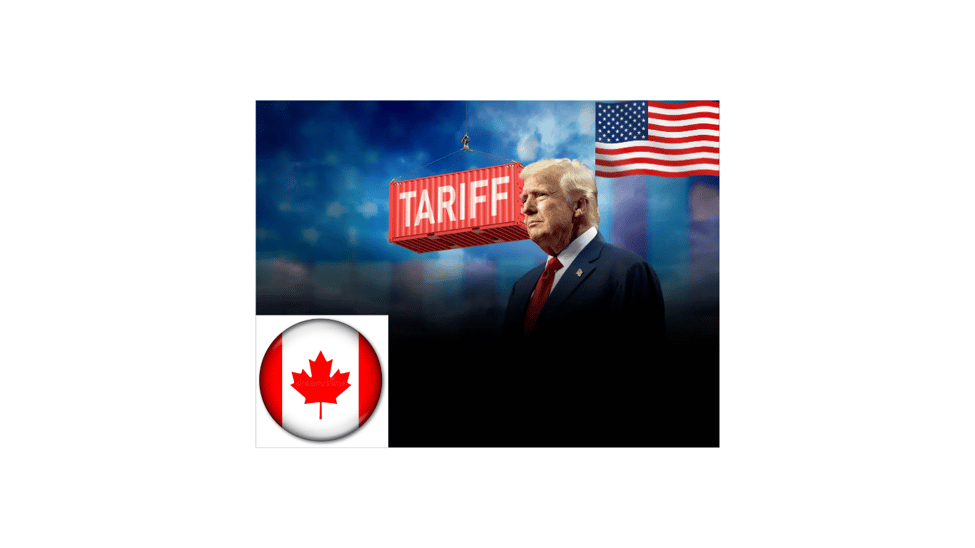In a significant policy shift, the Trump administration has announced a 25% tariff on imports from Canada and Mexico, effective February 1, 2025. This major tax on goods is causing concern across various sectors, but what does it mean specifically for the Canadian real estate market? Whether you're in East Toronto or looking at broader housing trends, both buyers and sellers in Canada could face major challenges. Here’s what you need to know about the new tariff and its effects.
Economic Strain from Reduced Trade
As tariffs increase, trade slows down, leading to economic strain. So, how does this impact the Canadian real estate market?
The 25% tariff on exports to the U.S. could result in:
- Job losses in various industries.
- Reduced consumer spending.
- Lower affordability for homebuyers in Canada.
What the Tariff Means for Canadian Real Estate
As budgets tighten, fewer Canadians may be able to afford homes, leading to:
- A reduction in overall demand for homes.
- Fewer home sales, which may discourage new construction.
- A slowdown in new builds could lead to even fewer housing options.
This combination of factors could push home prices higher, especially in high-demand areas like East Toronto.
Rising Costs for Builders
The tariff’s impact extends beyond exports. If Canada retaliates with tariffs on U.S. imports, construction costs for materials like lumber and steel will rise, making it more expensive to build homes.
How this affects housing:
- Builders will likely pass on increased costs to buyers.
- Affordable housing projects could face delays or cancellations.
- Construction labor shortages may worsen.
For buyers, this could mean higher prices, fewer options, and greater difficulty in finding an affordable home.
Foreign Investment May Increase
As the Canadian dollar weakens, international investors may see Canadian properties as an attractive investment opportunity. This could add more challenges for local buyers and sellers, especially in popular markets.
Key points to watch:
- If the foreign buyer ban (set to lift in 2027) is lifted earlier, international buyers may flood the market.
- Canadian buyers will face more competition, pushing up prices, particularly in sought-after areas like East Toronto.
- Large investors may snap up properties for long-term profits, leaving fewer opportunities for individual buyers.
What Can Canadian Buyers and Sellers Do?
While the 25% tariff adds uncertainty to the real estate market, there are ways to navigate the changing landscape.
Tips for Buyers:
- Act quickly: Buy before the full effect of the tariff kicks in to potentially save money.
- Work with experts: A knowledgeable real estate agent can help you navigate a more challenging market.
- Look beyond the usual spots: Exploring emerging neighborhoods could provide more affordable options.
Tips for Sellers:
- Price wisely: In a financially strained market, setting the right price will attract more interest.
- Stage your home: Present your property in the best light to stand out in a competitive market.
- Collaborate with professionals: A skilled team can help you maximize your home’s value.
Final Thoughts
Trump’s 25% tariff could lead to higher costs, fewer housing options, and increased foreign competition in Canada’s real estate market. While it may make buying and selling more difficult, with the right strategies, you can still make informed decisions and meet your real estate goals.
Need help navigating these changes? Contact our team today for expert advice and strategies to make the best moves in this evolving market.
Ria Bharti
416-568-5548

